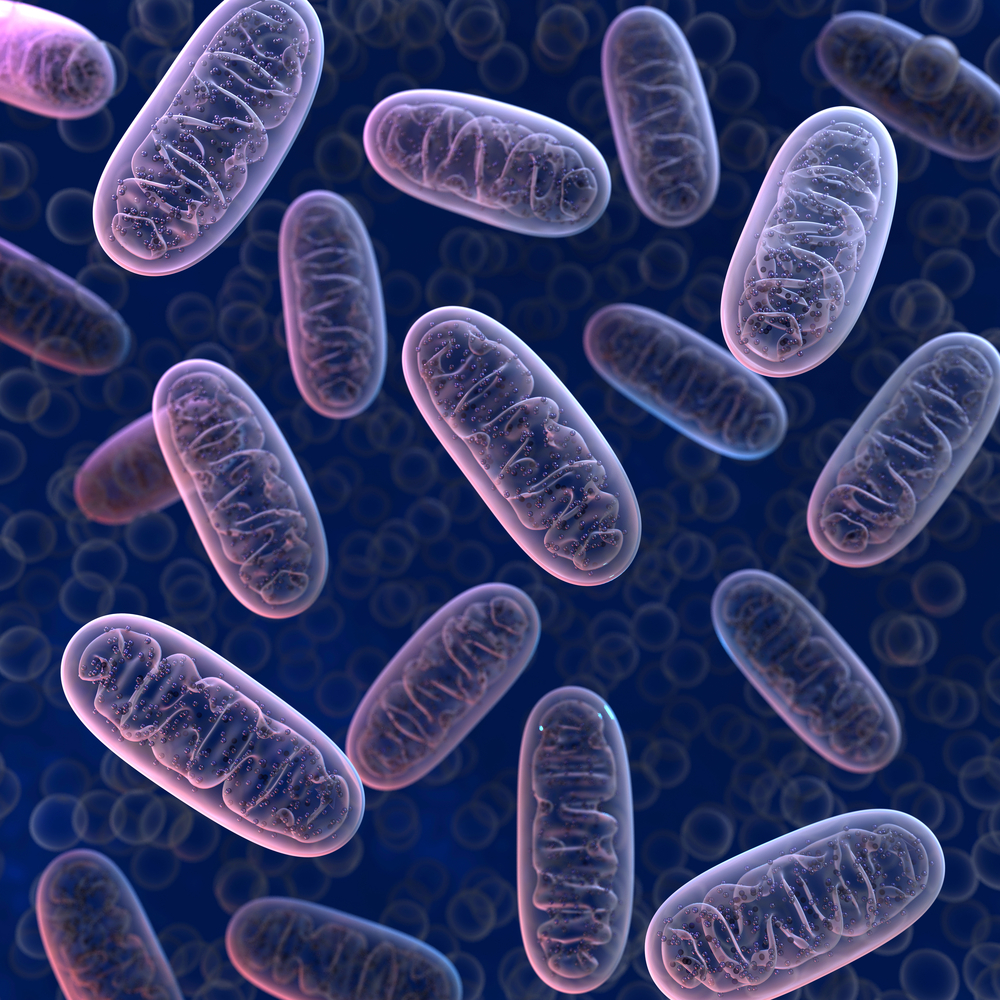Study of Mutations in Key Protein in Fruit Flies May Have Implications for Parkinson’s Disease

Studies of the fruit fly, or Drosophila melanogaster, have shown that a protein called clueless, or clu, is associated with the mitochondrial defects observed in Parkinson’s disease patients.
The study showing that clu mutations lead to muscle degeneration, “Drosophila clueless is involved in Parkin-dependent mitophagy by promoting VCP-mediated Marf degradation,” was published in Human Molecular Genetics.
Mitochondrial dysfunction is known to affect cells with high energy demands, such as neurons and muscle cells, and seems to be associated with the development and progression of Parkinson’s disease. Now, researchers at Kansas State University have investigated the role of clueless in mitochondrial function in fruit fly muscle cells.
“If you think about a tissue in the body that uses more energy than anything else, of course it’s your muscle tissue,” senior author Erika Geisbrecht, Kansas State University associate professor of biochemistry and molecular biophysics, said in a press release. “Proper mitochondrial function is essential to having healthy, developed muscles. It’s an important connection.”
Although humans are very distinct from fruit flies, they share similar muscle structures and most of the proteins known to be involved in Parkinson’s, which allowed researchers to address the role of clu.
Fruit flies have short life cycles — they need only 10 days to become adults — so their muscle development and maintenance can be studied in shorter time periods.
“We are trying to understand how muscles develop and how healthy muscles are maintained throughout the entire life of a fruit fly in the hopes of applying this knowledge to the human body,” Geisbrecht said.
The researchers found that a mutation in the clueless gene resulted in defects in mitochondrial localization and in the elimination of defective mitochondria, which are toxic to the cells. In fact, mitochondria that are damaged or senescent accumulate toxic reactive oxygen species (ROS) and fuse and contaminate healthy mitochondria. A buildup of these toxic mitochondria ultimately impairs the muscle and nerve cells from properly functioning.
Clueless was found to interact with parkin, a protein that is also involved in the mitochondria quality control process and whose mutations result in Parkinson’s disease development later in life.
Both parkin- and clueless-mutated flies die as they reached an adult phase due to neuron and muscle degeneration.
Geisbrecht’s work with Drosophila will offer better understanding of how these and other Parkinson’s-causing genes are involved in muscle function. In the future, it may lead to better treatment options that target such proteins.
Also, muscle tissue function is often impaired in other non-neurodegenerative diseases, such as diabetes or cancer. The researchers now want to understand the molecular mechanisms involved in muscle degeneration in those diseases.
“Muscle wasting for people with end-stage diabetes or cancer is often a bigger problem than the cancer or diabetes itself because it causes people to become immobile and lose the ability to make their muscles function well again,” Geisbrecht said. “We want to understand what happens at the cellular level — what these genes or proteins are doing.”






